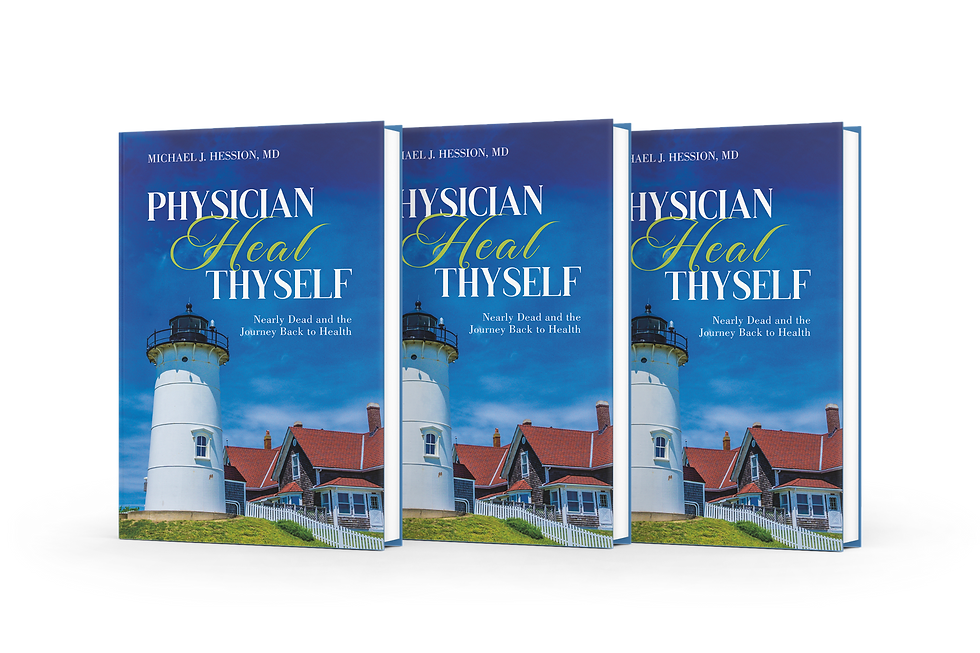
As this is my first Blog on Acknowledge, Accept, Adapt or the three A's, I thought I would provide some background on how this Blog came to be. As a practicing physician for close to 45 years, I have often had to give patients bad news. These interactions were sometimes very difficult and met with disbelief and anger. Over the years, I developed an approach, the three A's, that first entailed explaining the problem as clearly as possible in layman's terms so that the patient understood the problem.
For example, if you told someone that they had Diabetes or had a heart attack, if the patient could not first acknowledge or understand the problem, it would be impossible to help bring the problem under control. Once patients were able to acknowledge the problem, we moved to acceptance. It was quite common for the initial reaction to be anger, disbelief, or despair. These negative reactions were not unusual, but they were definitely unhelpful. My job was to help facilitate the process for patients to accept the diagnosis.
The final and often the most difficult phase was helping my patients adapt. I had to teach them that they had real agency. Essentially, I had to show them how they could help themselves. This might include getting them to quit smoking, lose weight, start a medication or have a surgical procedure.
All three of these steps were essential to improving the health of my patients. The most onerous of these conversations involved telling patients that there was nothing that could be done and helping them to embrace Palliative Care and Hospice so that they could die with a maximum of dignity and make their final time on earth meaningful to them and their loved ones. This took time and required answering as best as possible questions that did not have clear or easy answers.
Over time, I refined how these often difficult conversations would go and made them as seamless as possible. This entailed active listening and careful observation of both body language and facial expressions. This art was essential and took years to perfect.
December 31, 2013, I would begin to find out what it was like to be a patient and how difficult it is to move through the three A's. I was also to learn how excruciatingly difficult it was to recover and rebuild yourself from a critical medical illness. During the early morning, I awoke from sleep, struggling to breathe. My wife had already been awoken by my labored breathing and loud wheezing. I was too weak to even get out of bed.
911 was activated, and I was brought to the South Shore Hospital Emergency Department, where I had worked for nearly three decades. When I arrived, I was in extreme respiratory distress. X-rays and lab work revealed that the mild pneumonia involving one lobe that I was being treated for as an outpatient now involved all lobes of both lungs and that I would soon die without life support.

My book, Physician Heal Thyself: Nearly Dead and the Journey Back to Health, tells my story of what I endured and how I recovered. It is part memoir of my personal experience with near death, how I recovered, and part self-help book that describes what aided me in my recovery. I hope that this intensely personal story helps others navigate the difficult and bumpy road to recovery from critical medical illness.
Until next time, take care of yourselves and each other.
Warmly,
Dr. Michael

Kommentarer